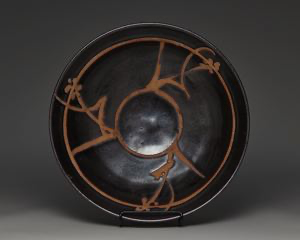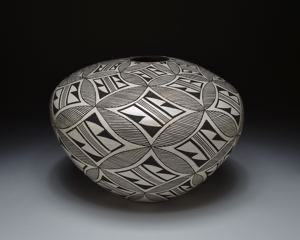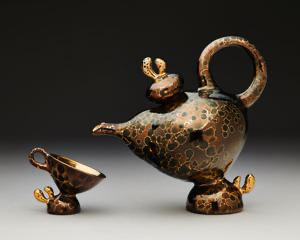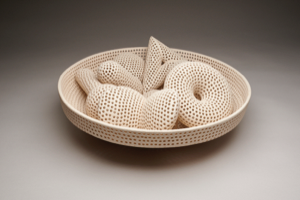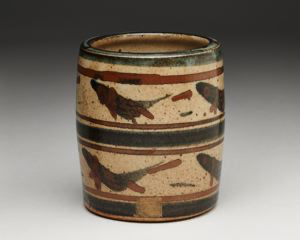| Showing 10 of 47 |
| FILTER RESULTS | × Close |

 by Artist (38)
by Artist (38)
Adaline Kent
1
Adele Chase
1
Antonio Prieto
2
Bernard Leach
1
Bertha Tungovia
1
David Cressey
1
Elena Netherby
1
Ellice T. Johnston
1
Erik Gronborg
1
Ernie Kim
1
Eunice Prieto
3
F. Carlton Ball
1
Fannie Nampeyo
3
Gertrud Natzler
1
Harrison McIntosh
1
Herbert H. Sanders
1
Howard Kottler
1
Howard Pierce
1
Jacomena Maybeck
2
James F. McKinnell
1
James Melchert
1
John Mason
1
Kenneth Ferguson
1
Larry Elsner
1
Maija Grotell
1
Marguerite Wildenhain
1
Marie Z. Chino
1
Mary Lindheim
1
Mel Fowler
1
Nan McKinnell
1
Nellie Nampeyo
1
Otto Heino
1
Patti Warashina
2
Richard Fairbanks
1
Shoji Hamada
2
Unknown Acoma Pueblo
1
Vernon Coykendall
1
Viola Frey
2

